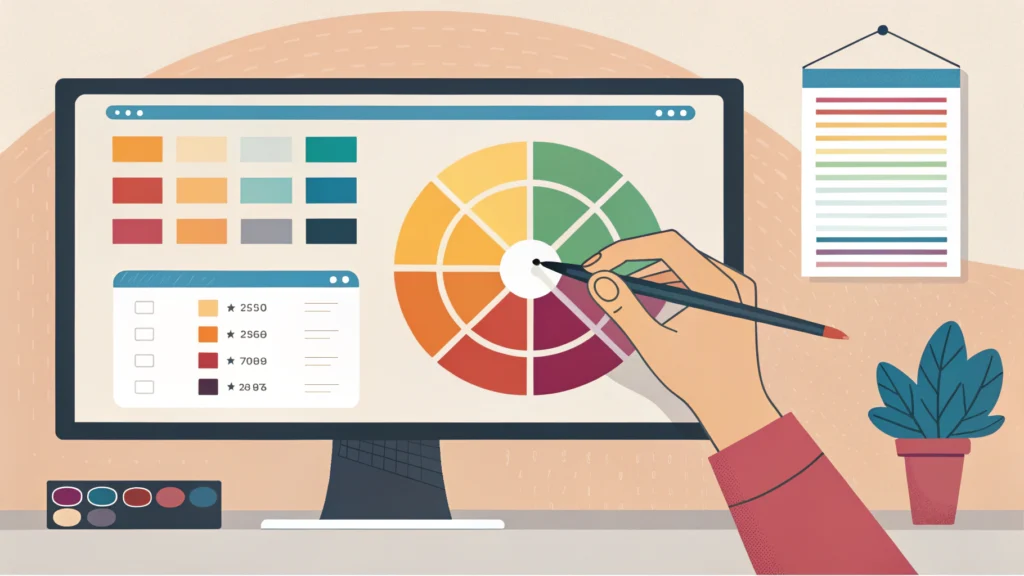Introduction
HTML, or HyperText Markup Language, is the backbone of web development. For beginners, mastering the best practices of HTML is crucial for creating clean, efficient, and well-structured web pages. In this article, we’ll explore the top 10 HTML best practices that will help you enhance your coding skills and improve your website’s SEO.
1. Use Semantic HTML
Semantic HTML uses meaningful tags that describe the content they contain. This helps both browsers and developers understand the structure and purpose of the web page.
<header>My Website</header>
<nav><ul><li>Home</li></ul></nav>
<main><article><h2>Article Title</h2><p>Content here...</p></article></main>
<footer>Footer Info</footer>2. Keep HTML Structure Organized
Organizing your HTML with proper indentation and line breaks makes it easier to read and maintain. Group related elements together and use comments to indicate sections of your code.
<!-- Main Navigation -->
<nav>
<ul>
<li>Home</li>
<li>About</li>
</ul>
</nav>3. Optimize for SEO with Meta Tags
Meta tags provide search engines with information about your page. Include title, description, and keywords in the <head> section of your HTML. You can easily generate meta tags using the Meta Tag Generator.
<head>
<title>My Page Title</title>
<meta name="description" content="This is a description of my web page.">
<meta name="keywords" content="HTML, CSS, JavaScript, web development">
</head>4. Use Alt Attributes for Images
Always include alt attributes for images. This improves accessibility for users with screen readers and helps search engines understand the content of images.
<img src="image.jpg" alt="Description of the image">5. Validate Your HTML Code
Validating your HTML code ensures that it conforms to web standards. Use validators like the W3C Validator to catch errors and improve compatibility across browsers.
6. Minimize HTML Code
Reducing the size of your HTML files helps improve loading times. Use tools like the HTML Minifier to compress your code without losing functionality.
7. Use External CSS and JavaScript Files
Link to external CSS and JavaScript files instead of embedding them in your HTML. This keeps your HTML clean and improves load times by allowing browsers to cache these files.
<link rel="stylesheet" href="styles.css">
<script src="script.js"></script>8. Create Responsive Designs
Make your website responsive by using relative units (like percentages) for widths and including the viewport meta tag.
<meta name="viewport" content="width=device-width, initial-scale=1.0">9. Use Comments Wisely
Comments can help explain sections of your code, making it easier for you and others to understand the purpose of specific elements.
<!-- This is a comment explaining the following section -->
<div></div>10. Test Your Website
Once your HTML is ready, test your website across multiple devices and browsers to ensure compatibility. Tools like the Responsive Simulator can help you visualize how your site looks on different screens.
FAQs
What is Semantic HTML?
Semantic HTML uses HTML tags that convey meaning about the content contained within them, improving accessibility and SEO.
Why is HTML validation important?
HTML validation helps identify errors in your code, ensuring better compatibility across different browsers and devices.
How can I reduce my HTML file size?
You can reduce HTML file size by using minification tools like the HTML Minifier.
Conclusion
Implementing these HTML best practices will not only enhance your coding skills but also contribute to better website performance and user experience. By following these guidelines, you will create cleaner, more efficient HTML that is easier to maintain and optimize for SEO. Dive into web development with confidence and use the tools available at WebToolsLab to streamline your workflow!
